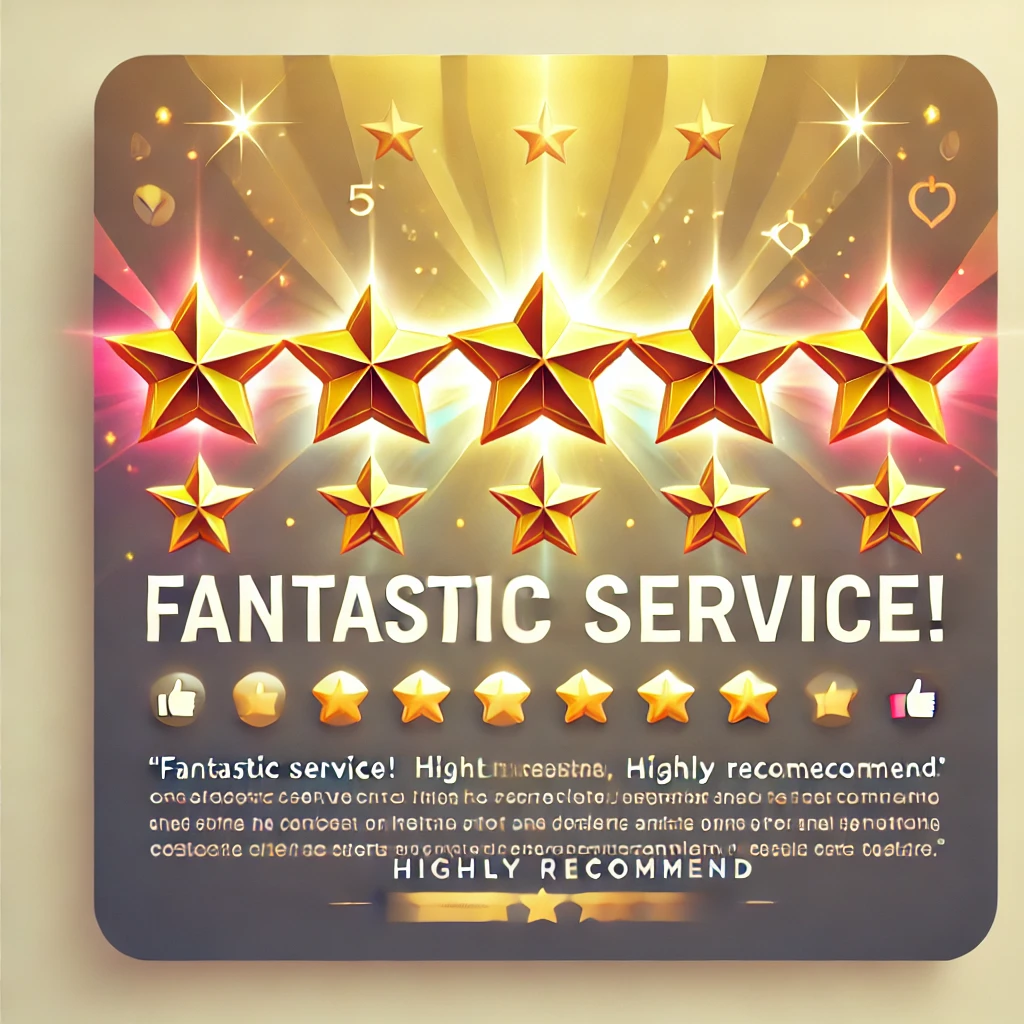Introduction
In today’s digital world, customer reviews are one of the most powerful tools a business can use to build trust and drive sales. Studies show that 93% of consumers say online reviews influence their purchasing decisions, making it clear that potential customers heavily rely on the experiences of others before making a commitment. For small businesses, reviews serve as an essential form of social proof, helping to establish credibility and differentiate them from competitors. In this post, we’ll explore the impact of customer reviews, how to gather them effectively, and how to use both positive and negative feedback to grow your business.
The Impact of Customer Reviews on Small Business Success

Customer reviews are a form of social proof, and for small businesses, they can make or break a potential sale. When prospective customers see positive reviews, they’re more likely to trust the business, knowing that others have had good experiences. In fact, businesses that actively manage their reviews tend to have higher visibility online, which can lead to increased local foot traffic and inquiries. Reviews also play a critical role in search engine optimization (SEO), as Google and other platforms rank businesses higher when they have numerous, consistently good reviews. By using reviews as a validation tool, small businesses can gain an edge over their competitors and foster a sense of trust with new customers.
How to Encourage Customers to Leave Positive Reviews
Encouraging customers to leave reviews can seem challenging, but the key is timing and making the process simple. The best time to ask for a review is right after a customer has had a positive experience—whether it’s following a successful purchase or a service interaction. Sending a follow-up email or text message thanking them for their business and politely asking for a review can work wonders. To sweeten the deal, small businesses can offer incentives, like discounts on future purchases, as long as they stay within the guidelines of review platforms such as Yelp, which has specific policies on incentivizing feedback. Simplifying the process by providing direct links to review platforms like Google, Yelp, or Facebook makes it easy for satisfied customers to leave their thoughts without much hassle, increasing the likelihood of getting more positive reviews.
How to Use Positive Reviews to Build Trust and Drive Sales
Once a business receives positive reviews, it’s important to leverage them strategically. Displaying reviews prominently across various platforms, including your website, social media, and even in-store, can significantly build credibility. For instance, adding Google reviews to a homepage or creating a dedicated testimonials page can reassure potential customers that they’re making the right choice. Positive reviews can also be repurposed into detailed case studies or customer success stories that provide potential clients with deeper insights into how a business has solved problems or delivered exceptional service. Additionally, reviews can be used in marketing campaigns—whether as social media posts, snippets in email newsletters, or even short video clips—to further enhance trust and encourage others to take action.
Responding to Negative Reviews in a Constructive Manner
No business is immune to negative reviews, but how they respond can make all the difference. A professional, thoughtful response to negative feedback not only shows that the business cares about its customers but also provides an opportunity to turn a dissatisfied customer into a loyal one. When addressing negative reviews, it’s essential to remain calm and courteous. Acknowledge the issue, thank the customer for their feedback, and offer a resolution. This kind of response demonstrates a commitment to customer satisfaction, which can resonate with both the reviewer and potential customers. Additionally, businesses should follow up privately to resolve the issue if possible, and then update their public response to reflect the resolution. This approach not only mitigates the impact of negative feedback but also shows other customers that the business takes responsibility and works to improve.
Tools and Strategies for Managing Reviews Efficiently
Managing reviews can seem overwhelming, but there are many tools available to help businesses stay on top of customer feedback. Platforms like Google My Business, Yelp, and Trustpilot allow businesses to manage their reviews in one place, making it easier to monitor, respond, and even analyze feedback trends. Automating review requests is another effective strategy—email marketing tools and customer relationship management (CRM) systems can send automatic follow-up emails asking for reviews after a purchase or service interaction. By streamlining this process, small businesses can ensure they’re consistently gathering reviews without having to manually follow up with each customer. Monitoring reviews also allows businesses to spot common feedback themes, helping them improve their services and enhance customer satisfaction over time.